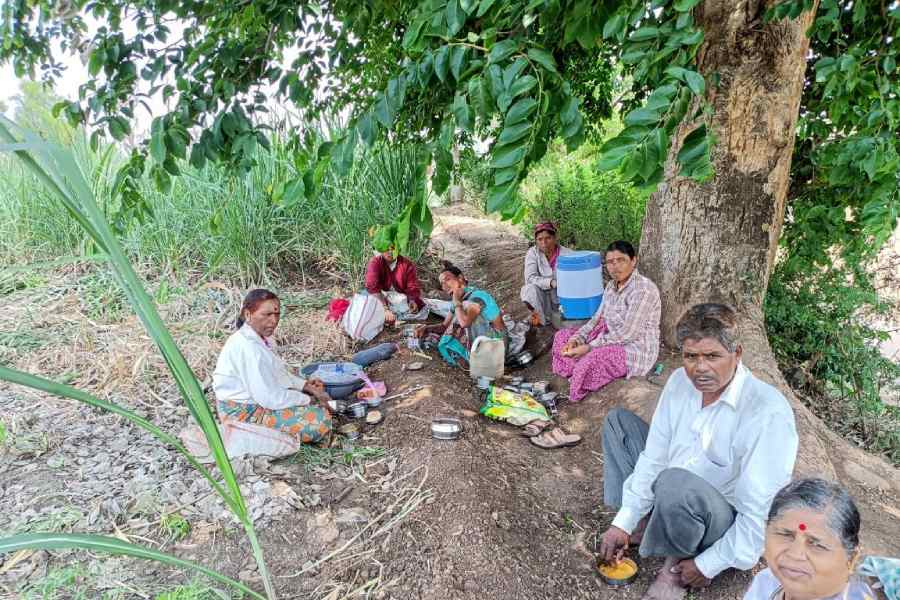There was light — literal and metaphorical — at the end of the tunnel. The successful rescue of 41 labourers, who had been trapped at the Silkyara Bend-Barkot Tunnel in Uttarakhand for over two weeks, deserves to be applauded for a number of reasons. The steely will of the trapped workers who survived arduous conditions, acute mental agony and extreme physical discomfort must be acknowledged. The gargantuan relief operations, combining cutting-edge technology and manual expertise — rat-hole miners dexterously removed the final barriers — would remain a shining legacy in the history of India’s disaster management operations. Every single personnel and agency — from rescue staff to experts, from the railways to the National Disaster Response Force to the army, not to forget the various arms of the state and the Central governments — gave an excellent account of their resilience, determination and skill. One of the challenges now would be to facilitate the speedy recovery of the traumatised workers.
The other — greater — challenge would be to take lessons from this episode. There are murmurs of the proverbial red lines being crossed: regulations were not adhered to, ecological fault lines ignored, and safety protocols disregarded. Accountability should be demanded for such lapses. The entire template of construction being pursued by the government, including the Char Dham project and the building of roads and hydel power installations, in the ecologically fragile Himalayan region demands a re-examination. Unscientific construction, a high-powered committee appointed by the apex court noted, is already taking a toll on the landscape: a recent report by scientists found that a huge expanse of roads, glacial lakes and buildings in the Himalayan region remains vulnerable to landslides and avalanches. A repetition of the Uttarkashi tunnel collapse cannot thus be ruled out. A comprehensive evaluation of the rights of India’s workers engaged in hazardous occupations is also necessary. Be they rat-hole miners — the toast of the nation at the moment — or their peers, the lives of India’s labourers remain expendable even though the economy and the nation are dependent upon this constituency for their progress. In recent times, the impact of the Covid pandemic, demonetisation, persistent economic distress, among other factors, have adversely affected the workers of India’s substantial informal economy. Their well-being should not be a periodic concern.










